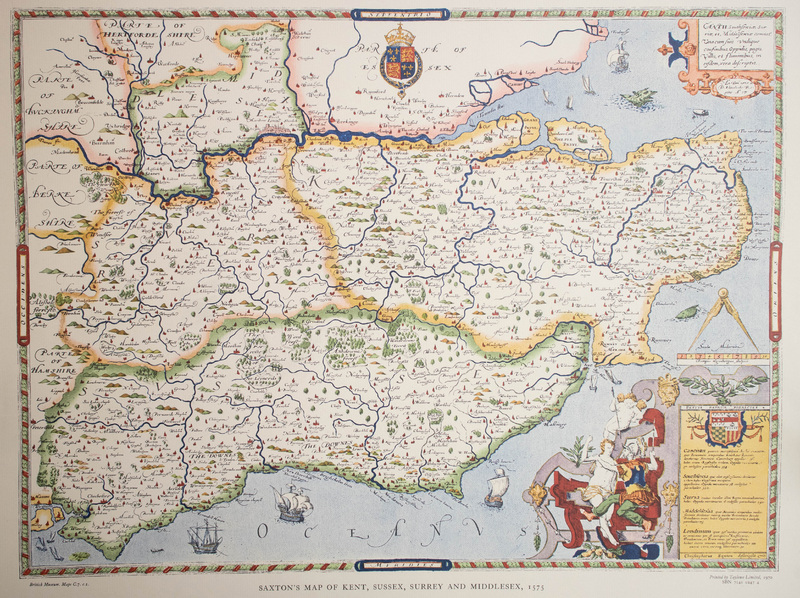The coast, being where the island meets its sea, possesses a singular place in the national identity and Romantic conception of England. Nowhere in the country is far from it, there is a lot of it, and everyone has been there.
While the White Cliffs of Dover in nearby Kent may be the best known such shorescape, it is not the only one, and Sussex carries its own position in the British Romantic canon. From Seaford to Beachy Head near Eastbourne, the South Downs erode into the sea, producing another series of chalk cliffs which stretch just over thirteen miles. Past Beachy Head to the east, the cliffs drop down to the town of Eastbourne and then to the wetlands of Pevensey, where William landed in 1066 before encamping near Hastings.
The Sussex coast then becomes part of a history of national defence against the French and then the Germans, as well as a major site of smuggling. This combination of natural beauty, history, and liminality is an important component in the construction of British identity, and these themes find strong expression in art and writing concerning it. The insular identity of Britain and its connection to the sea, encapsulated by its coast, became important not only as part of its people’s self-conception but to their relationship with the world outside of it. The coast is positioned as the gateway to the sea, and the sea as a surrounding frontier granting the British a destiny of maritime economy and naval supremacy.
Covering from the 18th to early 20th centuries and including works from writers such as Charlotte Smith, Rudyard Kipling, and Alfred Noyes, this exhibit joins period illustrations with travel writing and poetry. It uses material taken primarily from the McMaster Archives, newly digitised and organised by theme to create a showcase of the Sussex coast and its understanding in the British imagination.

